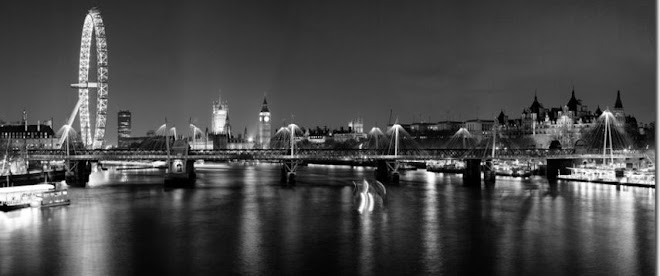For my second magazine spread I chose to do a feature piece
on alcohol awareness. Quite often in women’s magazines, such as ‘Cosmopolitan’
they will include a feature about lifestyle and this is what I have based this article
on.
In line with the sort of layout that Cosmopolitan use, I
have kept the design simple and used a bright heading with a plain background,
unlike my first spread, the images are not particularly important but are in
place for the aesthetics. The images I have used are all found on Creative
Commons and are copyright free.
It is aimed at women and would be intended to be published
in a women’s magazine. The tone I have used is informal and relatively chatty and
by speaking directly to the reader it becomes immediately more engaging.
Putting a subject like this in a magazine allows the topic to become far more
flexible. If this topic were to be printed in a newspaper it would be full of
statistics and perhaps look more closely at the strain alcohol abuse puts on
public healthcare. By placing it in a magazine it is easier to adopt the angle
of this topic being common ground, speaking to the audience as if they can all
relate to having one glass of wine too many.
I researched the subject by looking at the National
Statistics website and Drink Aware to pick out a few key points to work into
the article. I did not want it to be a heavy read but something short and
snappy that would not patronise the reader. It is common in these articles to
find helpline contact information at the end and in keeping with the style I
did the same, I created fictional contact information, as I was not too sure
about using real advice line details.
Overall, I feel that this spread would be in keeping with a
younger women’s magazine, although perhaps I could have expanded more on health
risks and included a few statistics to back up some of the information I
provided.


